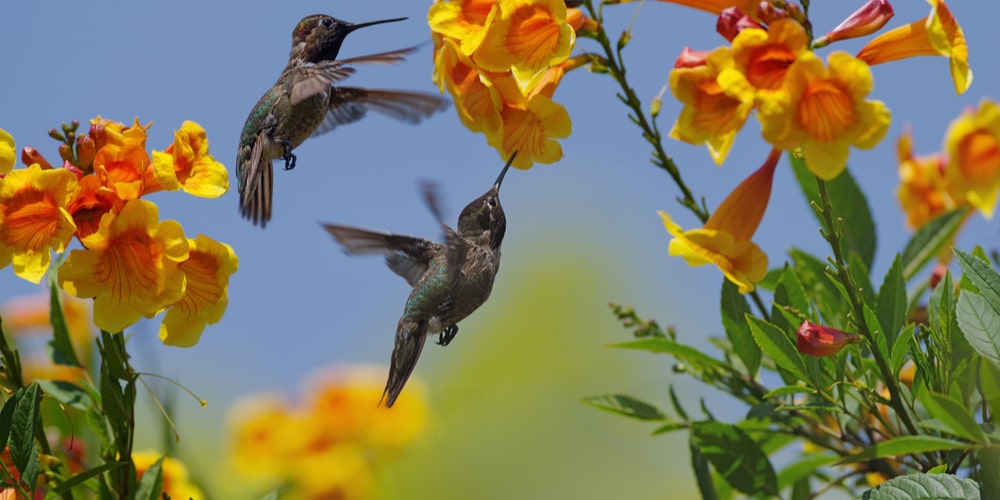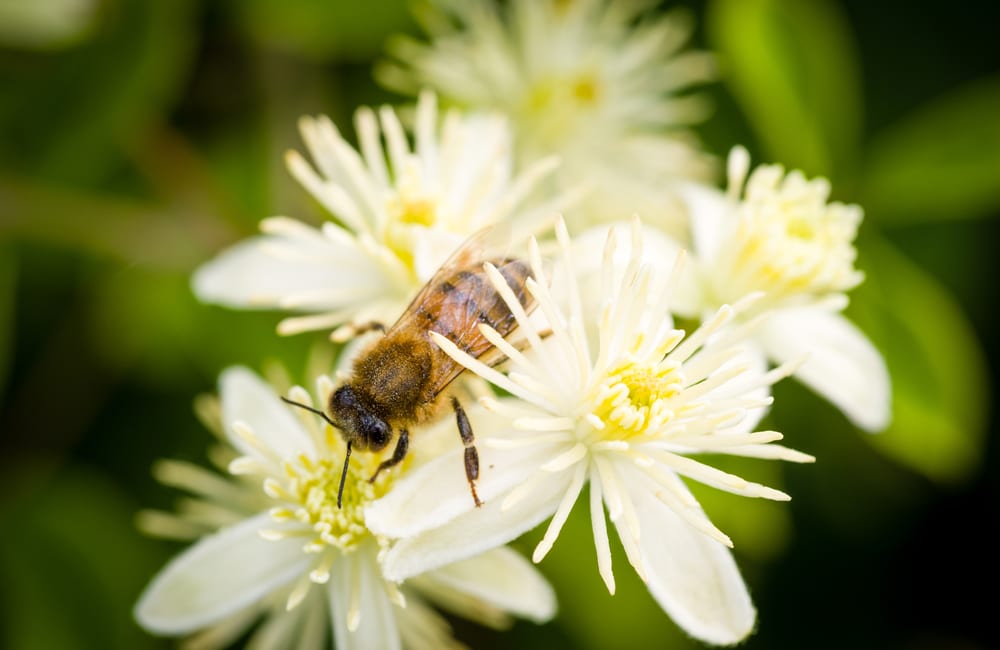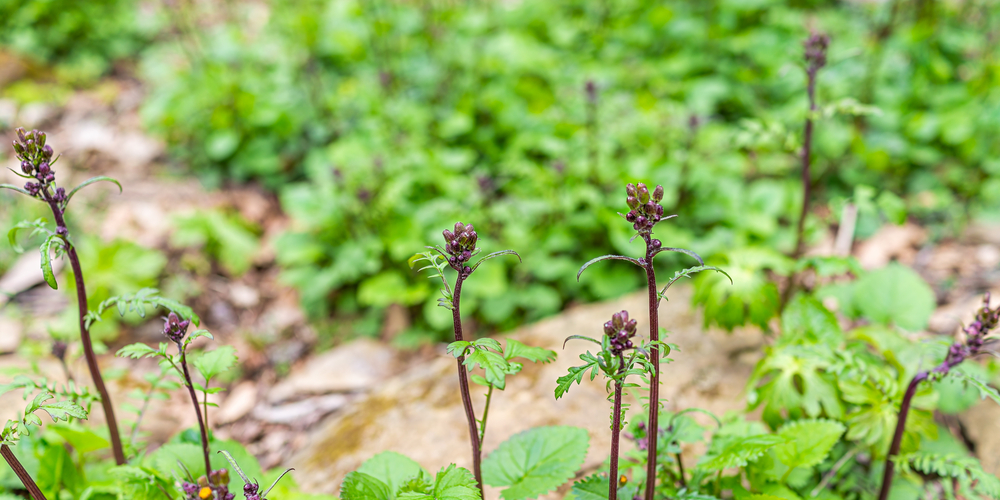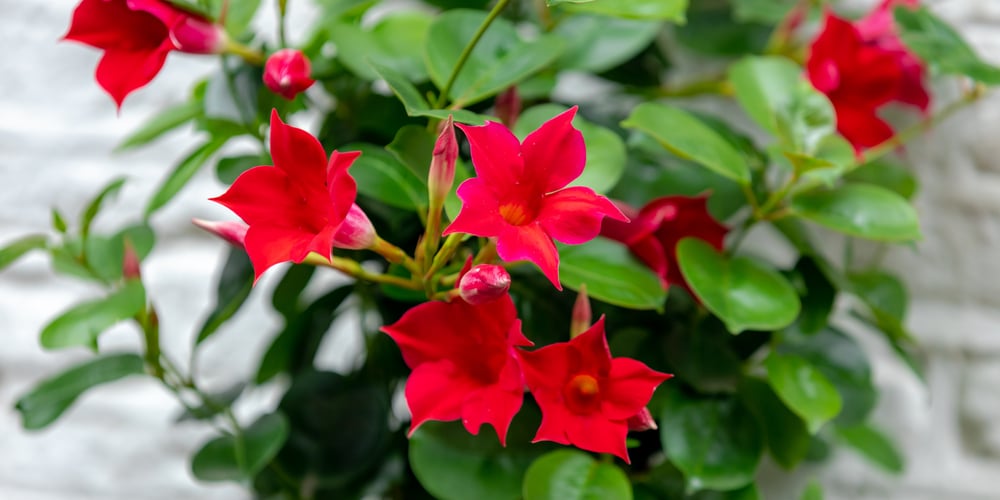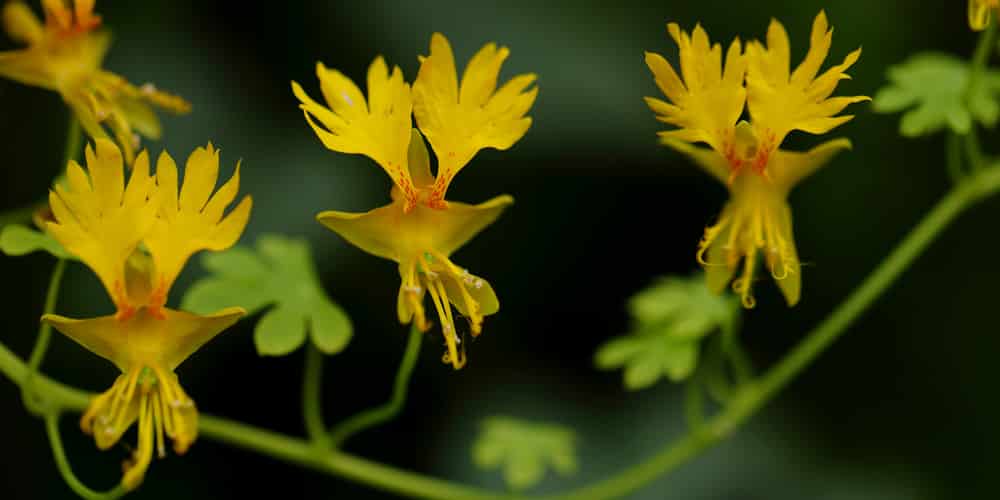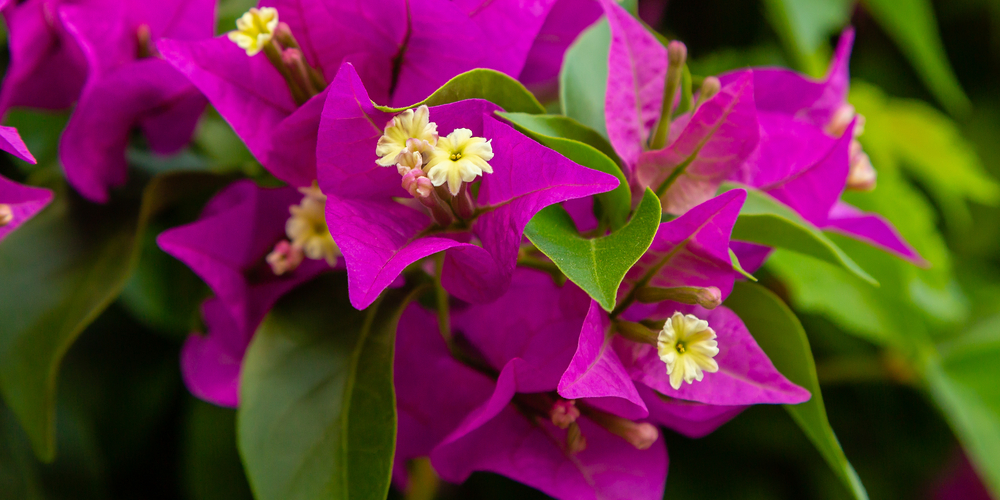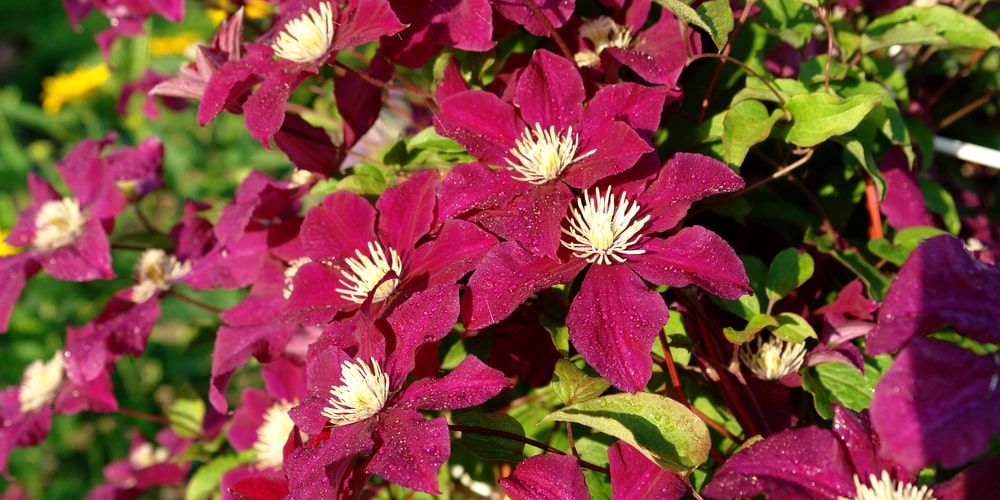Did you know you can get beneficial pollinators to visit your garden by planting certain plants? And we are not only talking about bees and butterflies. Yes, we all know these insects are cute and fun to have around! But what about getting to see humming birds daily? Which are the best vines for hummingbirds?
The truth is that adding some plant species might attract these lovely birds to your yard and delight you with their almost magical sight!
If you would like to learn more about this, keep reading. Here, you can find a list of the best vines for hummingbirds! While other plants may also attract these birds, climbing vines are among the best options, especially if you need to add a screen to increase privacy on your property.
What Vines Should You Plant To Attract Hummingbirds?
Hummingbirds come to the United States in the spring and summer, when they migrate from their “homes” in Mexico and Central and South America. While there are about 150 species of hummingbirds, only less than 20 visit the United States regularly. But that doesn’t mean you won’t get to enjoy them in your garden! Of course, adding some plant species can help.
And if you need some inspiration, here is a list of the best vines for hummingbirds.
Honeysuckle
You rarely get things wrong with honeysuckle. This plant is a versatile species that also attracts bees and butterflies. Since it is a native plant, you won’t have too many problems growing this plant.
For best results, place it under the full sun in well-draining soil. Keep it moist to encourage flowering (and thus, maximize the chances of hummingbirds visiting your garden).
Of course, you must also check if your local climate suits this plant. Usually, you can expect honeysuckle to thrive between USDA hardiness zones 4 and 9. And if you live in the Southern states, you’ll be able to enjoy the peachy-red blooms even in the winter!
While you can leave it crawling on the ground, you should train your honeysuckle up fences or trellises: the effect will be stunning!
Figwort
Hummingbirds love figwort. You can find this plant in several species, so select one that suits your garden’s conditions and local climate. However, beware: figwort can be challenging to find!
In terms of care, these plants aren’t too fussy. Indeed, one of the only things you’ll have to pay attention to with this vine is to provide it with plenty of direct sunlight. Avoid overwatering it, and you’ll be fine.
Mandevilla
An excellent option for gardeners living in the South is the Mandevilla vine. This plant is tolerant to drought and performs well in containers, hanging baskets, or directly on the ground.
While this vine is annual in most parts of the country, you’ll be able to grow it as a perennial in USDA hardiness zones nine and above. Also, you can try to overwinter them inside: only ensure you place them in a sunny location to prevent them from suffering too much.
Remember to keep the soil fertile: you may have to regularly add compost or manure to the mixture to provide your plants with all the nutrients they need. With proper care, they’ll become a magnet for hummingbirds!
Canary Creeper
The canary creeper is a plant native to South and Central America. It won’t tolerate frost or low temperatures, so avoid adding it to your garden if you don’t live in a warm area.
Under ideal growing conditions, this vine is a fast grower that you may have to prune regularly to keep under control. Hummingbirds (who are also native to South and Central America) love this vine’s flowers.
Locate your plant under the sun and water it frequently: you’ll get blooms in the summer and fall!
Bougainvillea
For gardeners living in zones 9-11, one of the best options to attract hummingbirds (and other beneficial pollinators) to their yards is to plant a bougainvillea. This thorny ornamental produces showy paper-thin flowers that will make your garden immediately more lively in the blooming season.
If you expect temperatures below 55°F, you’ll have to move your plant indoors. Indeed, bougainvillea won’t survive the winter indoors. For this reason, you should grow it in containers.
Clematis
Clematis is a versatile herbaceous vine that you can grow anywhere between USDA hardiness zones 4 and 8. You can find it in plenty of colors, so you’ll have no issues getting one that suits your needs and preferences.
Clematis needs at least 6 hours of direct sun daily to produce plenty of blooms. Do not allow the soil to dry: your plant might suffer and fail to bloom.
